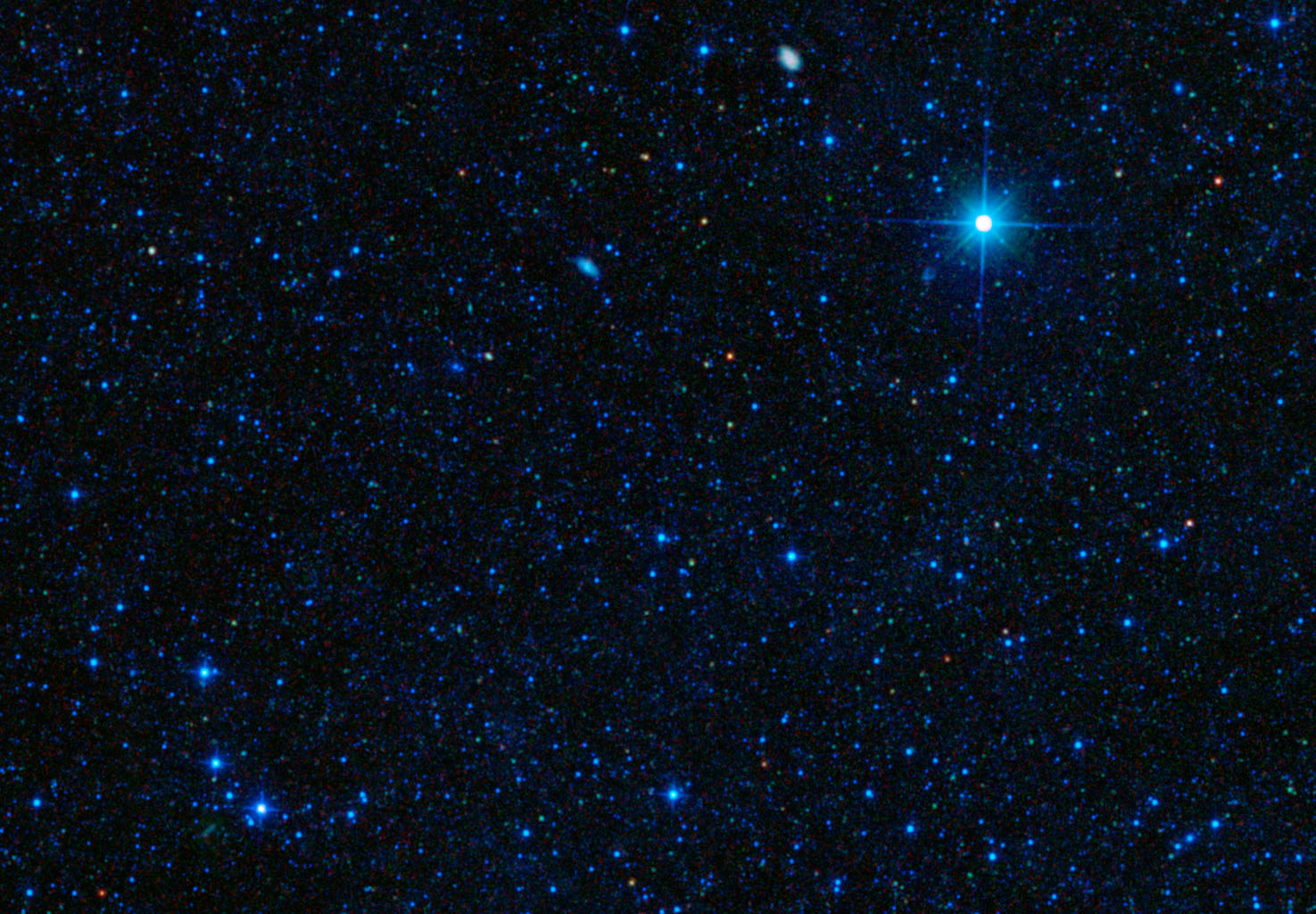New Calculation Adds Up All the Starlight in the Universe
If you're a fan of really big numbers that don't actually tell you much about the world, Clemson University astrophysicist Marco Ajello has a great one for you: 4 x 10^84.
That's the total number of photons that have successfully escaped from stars and the dust that surrounds them into space over the history of the universe. You'd expect that value to be huge, of course, and there it is, in all its incomprehensible vastness. (For comparison, a recent estimate for how many atoms there are in the universe is just a few orders of magnitude smaller.)
Being able to calculate that number, however, is just a nice side benefit to new research conducted by Ajello and his team. That research backs up previous theories about star-formation rates over the history of the universe, using information that is trapped in all that starlight — known formally as the extragalactic background light. [Gamma-Ray Universe: Photos by NASA's Fermi Space Telescope]

Extragalactic background light is, by definition, the portion of near-infrared, optical and ultraviolet radiation produced by stars that manages to make it out into space, rather than colliding with the dust that surrounds those stars. "It's basically starlight that ended up everywhere," Ajello told Space.com. "All the light emitted by stars that is able to escape to space basically becomes this background."
But extragalactic background light is difficult to measure, since it is spread so thinly across the universe and is outshone by bright light sources closer to Earth. So Ajello and his co-authors tried to parse out this background starlight by taking advantage of blazars — a type of galaxy that hides a supermassive black hole at its core that happens to be shooting a giant stream of high-energy material more or less in our direction. Their data about those blazars and the high-energy gamma-ray photons they emit come courtesy of NASA's Fermi Gamma-ray Space Telescope.
The study relies on an annoying characteristic of blazars: Some of the highest-energy light they produce bangs into much lower-energy particles of light, like the photons we humans can see. That collision turns a pair of mismatched photons into an electron and a positron, essentially disappearing that high-energy photon the blazar released. "In one sense, yes, it is a disadvantage if you are just focusing on blazar studies," Manasvita Joshi, an astrophysicist at Boston University, told Space.com. "But you can use it to your advantage for something like this."
The interaction between blazar photons and extragalactic background light photons only kicks in at a specific energy level. That means scientists can extrapolate from the light produced at lower energy levels up to what should have been produced at these higher energy levels. Then, they can calculate the difference, which is what disappeared during the collisions. And from there, it's an easy enough hop to the other side of that collision, to measure the extragalactic background light.
Get the Space.com Newsletter
Breaking space news, the latest updates on rocket launches, skywatching events and more!
By studying a lot of blazars — 739, to be precise — at different distances from Earth, the team could pinpoint changes in the extragalactic background light over time. "By measuring how the starlight evolves throughout the universe, you can actually transform this into a corresponding measurement of star formation," Ajello said. "We track down exactly how this changed during the history of the universe." [Messier's List: Hubble Telescope's Stunning Views of Deep-Sky Objects]
"Now, the new thing is using that to figure out the cosmic star-formation history," Joshi said. That's a question scientists have long been wanting to tackle, but so far, they've had to do so indirectly and rely on some initial assumptions, which is never ideal. "The problem [with previous estimates] is that because your initial mass function is ... it's really a guess, it's an initial guess, and that can introduce uncertainty," Joshi said.
So the fact that this different approach — bypassing those initial assumptions — draws some of the same conclusions about star formation over time is comforting for astrophysicists, Joshi said. It helps to not only validate those conclusions but also to suggest that scientists were on the right track with the initial assumptions they fed into old ways of estimating star formation over time.
So, when was the most popular time for stars to be born? About 10 billion years ago. And the evidence is in their starlight.
The research is described in a paper published Nov. 29 in the journal Science.
Email Meghan Bartels at mbartels@space.com or follow her @meghanbartels. Follow us @Spacedotcom and Facebook. Original article on Space.com.
Join our Space Forums to keep talking space on the latest missions, night sky and more! And if you have a news tip, correction or comment, let us know at: community@space.com.

Meghan is a senior writer at Space.com and has more than five years' experience as a science journalist based in New York City. She joined Space.com in July 2018, with previous writing published in outlets including Newsweek and Audubon. Meghan earned an MA in science journalism from New York University and a BA in classics from Georgetown University, and in her free time she enjoys reading and visiting museums. Follow her on Twitter at @meghanbartels.









